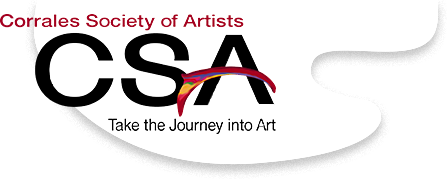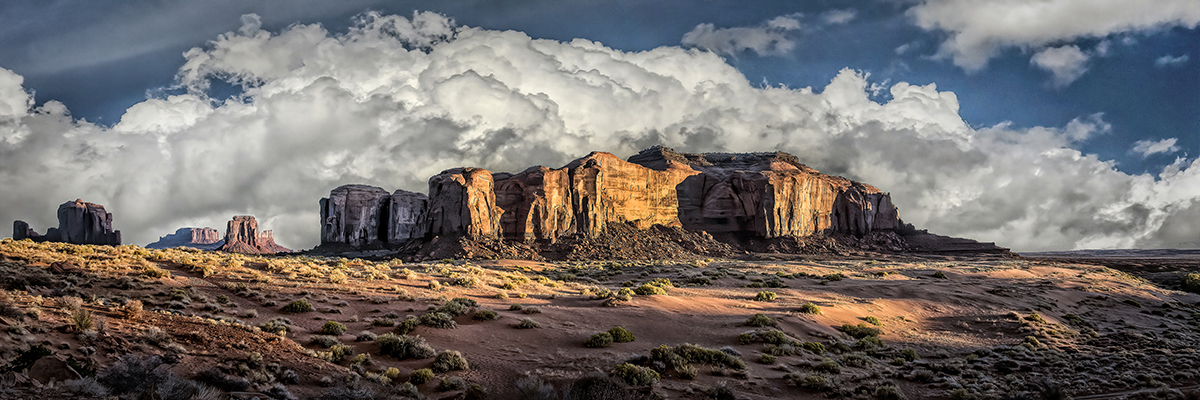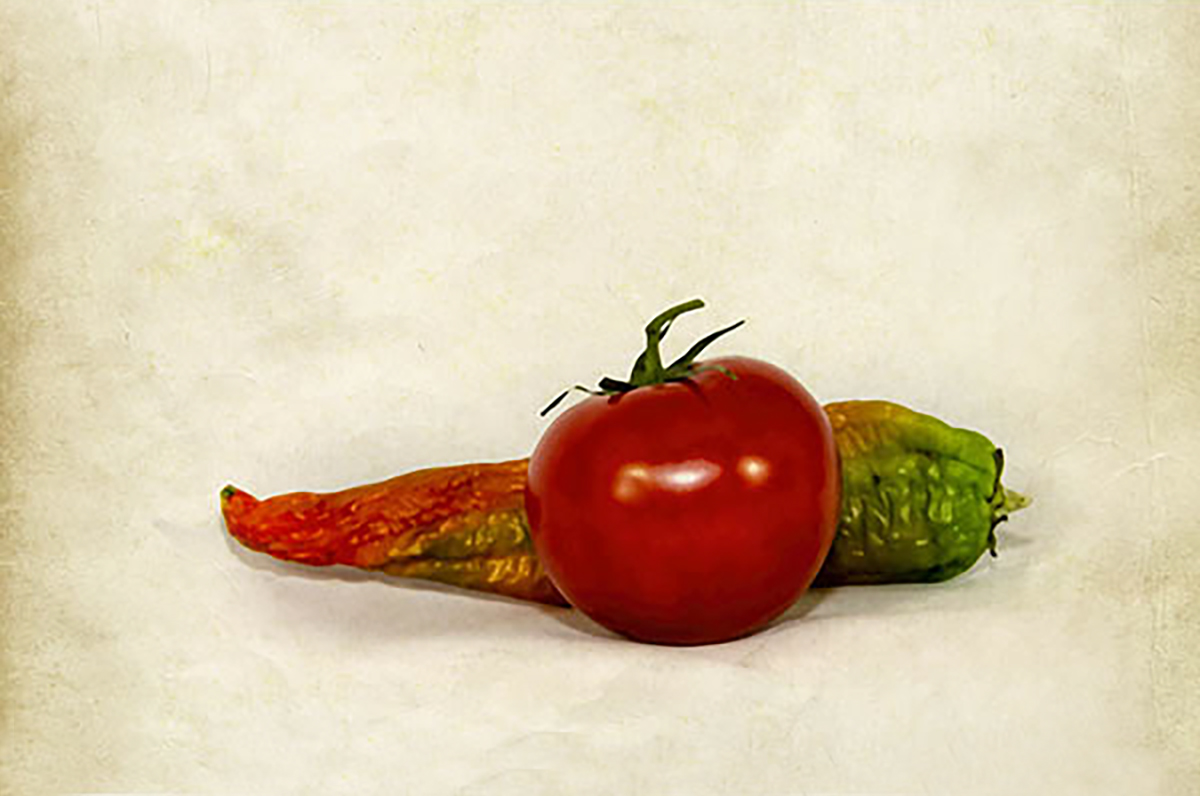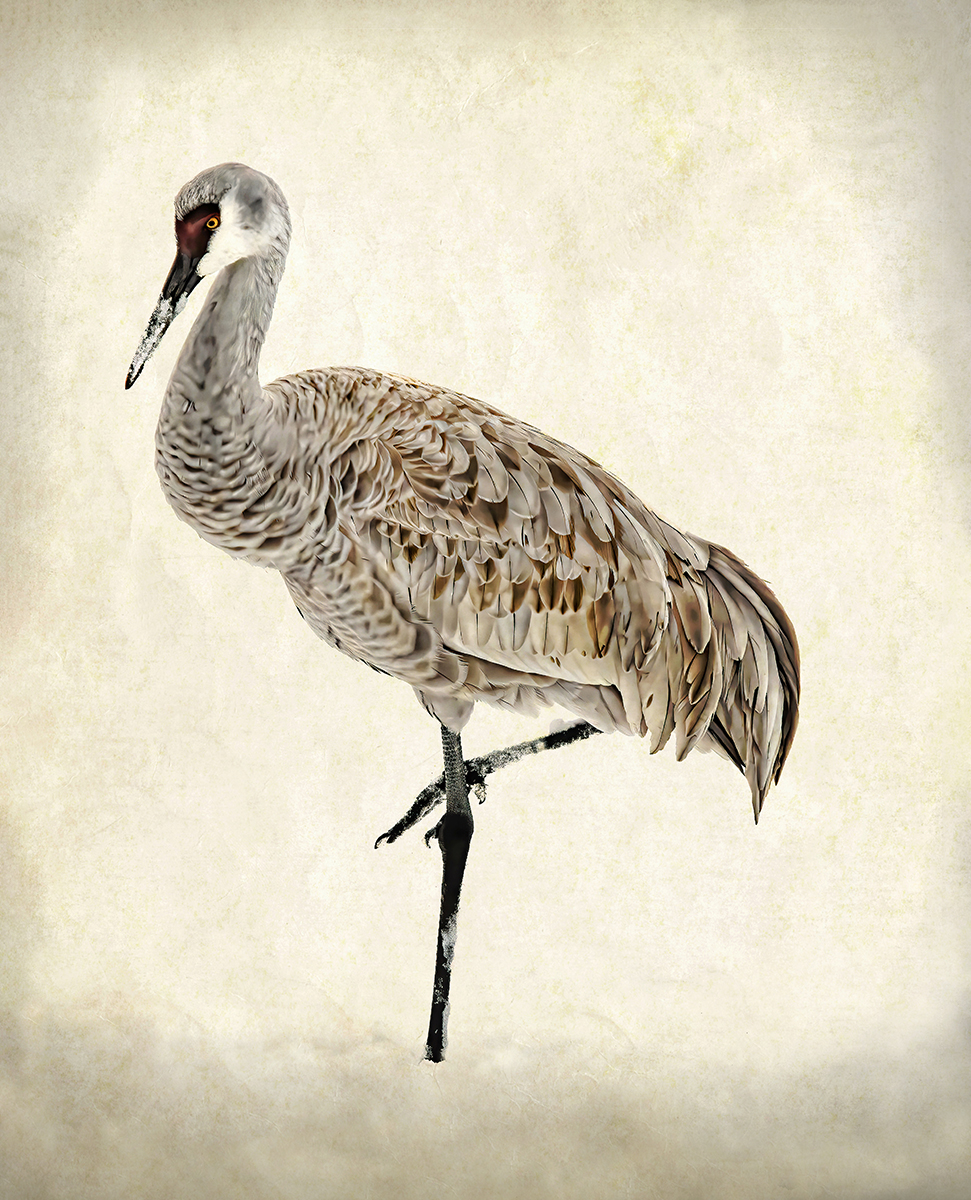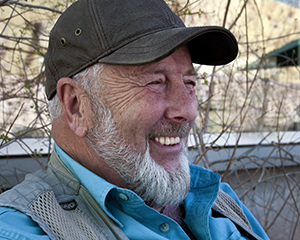
Describe your primary medium and describe why you’ve chosen it for your artwork.
Since having a Brownie Box camera as a boy, I’ve been interested in photography. I had an opportunity to extend that interest and start working in my own darkroom in 1968. I haven’t looked back since. I can still feel the sense of magic of working in a dark room and watching images appear on the paper. The magic is still there in the digital darkroom now, especially with the many tools we have to create stylized and fine art photographs. I grew up in farmland in Michigan and spent many hours as a boy exploring fields, streams and woods. Having the means to capture and share the beauty and wonder similar to those early discoveries is a special treat. Nature and outdoor scenery was a great place to get started in photography. They are still dominant themes in my work.
When did you start working with this medium? How did you get introduced to this medium?
While working at an auto plant in Michigan in 1968, I met and became friends with a fellow who photographed weddings and aspiring models on weekends. He became my mentor and helped me to develop basic skills and work in the darkroom. After a short while, I got jobs as a staff photographer for three Detroit area newspapers and doing weddings and other contract work. As a college student living on loans, the income was timely and helpful. And photography was fun.
Did you teach yourself or do you have a formal education?
There were no classes, clubs, workshops, or tutorials readily available to me in those early years, so I learned what I could from local photographers and read as much as I could. Mostly, I just took a lot of photos and learned with each new job and field experience. I stayed in touch with my mentor. He was a great critic and my primary source for instruction. I haven’t participated in any formal training programs, but have taken many workshops, spent a lot of time with tutorials and working with other photographers. The Enchanted Lens Camera has been an amazing source of support. After moving here 8 years ago, my learning curve has gone vertical because of the generous and talented photographers and workshops associated with the camera club.
Have you always worked with this medium? What other media have you used?
Photography has been a primary focus for me. I did some painting, working with acrylics and oils for a while, but never got very far and wasn’t very good at it.
How much time do you devote to your artwork?
I spend 2-3 hours a day working in the digital darkroom. I carry a camera everywhere I go and try to take a photo of something every day. My career choice was in public education, so travel was something we did over every holiday and during the summer months. Having photography as an active avocation, I developed a travel blog and got a lot of satisfaction and affirmation from it. I got a lot of encouragement over the long haul to stay at it. I didn’t sell any work in those early years but gave a lot of it away to friends and folks who asked about it. Photography has always a source of fulfillment. The advent of digital photography has made it so much more exciting and enjoyable. And affordable.
What is the most rewarding aspect of what you do?
I didn’t get into the commercial side of photography until I had an image of mine selected as the logo for the 25th anniversary for the Friends of the Bosque Festival of Cranes at the Bosque del Apache NWR. Sales have never been a priority for me, but I have enjoyed being in galleries and attending shows. Talking about my work and photography in general, and the work of others is something I enjoy. The conversations have always offered the greatest pleasure. Sales are nice, but the conversations and the relationships that come out of the interactions provide the primary and most reliable payoff for me. When I do sell a print, I delight in knowing my work was chosen to display in a home, office or business setting. One of the more exciting experiences I’ve had was when a public relations firm in Seattle found an image of mine on my website and called to ask if they could use it to support a fund drive for a local arts foundation. The image ended up on billboards around Seattle for six months. That was very satisfying.
What are your sources for ideas and inspiration?
Getting out, anywhere, always provides countless subjects. Nothing stays the same. Being bored or not being able to find things of interest have never been problems. Some photographers describe themselves by narrow subjects – nature, landscape, urban, portrait, still life, sports, photojournalism, architecture, etc. I am thrilled by life and embrace many interests. Luckily, there are many very talented photographers in the greater Albuquerque and Santa Fe area. Seeing their work and interacting with them is always inspiring. Although I have taught a wide variety of photographic classes and field workshops, I consider myself a student and love learning new techniques and seeing good work. I still look for tutorials offering ideas and ways to improve my work.
What obstacles do you encounter as an artist? How do overcome challenges?
Getting out in the field is the biggest challenge. To get those highly desirable images, you have to find and get to those places where they exist. It’s the age old issue of time and money. Time is always more available than money, and making time for those extended trips has become more of a challenge since grandkids came on the scene. As in most cases, setting priorities helps.
Do you know what the finished artwork is going to be when you start? Do you ever just work from spontaneous impulse?
Each photograph is different. Photography is all about light and the physics of each image is different. When in the field, serendipity is always a good companion. We may go out to see a pileated woodpecker, but end up seeing mating bald eagles. Studio work is always highly organized and predictable. Walking in the field frequently offers a few surprises. Once at home in the digital darkroom to process images, I generally know where I’m going with most images. In this post-processing stage, the digital darkroom offers many opportunities to experiment and extend the original images to visually transmit and highlight emotional and sensory aspects of the scene. I love being surprised by the effects of applying filters to an image. The physics involved frequently produce different effects from prior applications. While outcomes are often predictable, it’s not uncommon to produce something entirely unexpected. Some of my more popular images are the results of some unexpected serendipity while experimenting with digital options.
Do you have a philosophy about producing art?
My exit from early commercial efforts with photography was motivated by the joy of photography being diminished when money got involved. So, when I chose a career in public education, I made a promise early on that I would stay with photography as long as it was fun. I had no desire, or need, to let commercial pressures drive my photography. Had I emerged as another Ansel Adams, perhaps I would have felt different. But that didn’t happen and I have been able to keep photography as a source of pleasure and joy.
Do you collaborate with other artists and if so, how does that happen?
I share my work weekly with other photographers. Many of us seek the reaction and opinion of others, especially when we think we got that “great shot.” The real fun takes place when field trips are shared with others. 95% of photography is “being there” to get the shot. There is a valuable discussion on setting up the shot and working with technical and advanced aspects of the equipment now available. This recent year of staying at home has been a real bummer for getting out with others, but close to home, safely planned field trips have still been possible. I’ve given a lot more attention to backyard photography with extended bird feeding stations.
Do you show your work commercially? If so where? Do you produce your art for a living or is it more of an avocation?
Photography has always been an avocation. I maintain a website that I describe as “my playground.” I include fine art photography as well as snapshots. It’s really still an outgrowth from my early travel blog. If an image resonates with me, it earns a place on my website. One gallery on my website displays artwork that is created on the patio with my two, still perfect, twin grandchildren. My wide-ranging interests are readily apparent by the diversity of galleries offered on my website. I offer no apologies for the number of images on display on my website. I’m not sure how it happens, but I love getting notes from people who have visited my website and have questions about what they found. I’ve got an email from a fellow in Australia who found himself in a photo from the San Francisco Bay to Breakers Race. There was another note from a woman who found herself in a photo taken of a beach volleyball game on the Santa Cruz beach. Both asked for copies of the images which I gladly provided. I still get notes on images from the Friday night bluegrass jam in Rosine, KY. My website has had many thousands of visitors and I hear from them weekly. That kind of affirmation matters to me and it’s well outside the rewards of the commercial world. I have modified the website somewhat lately to sell inventory that has been in storage too long. My work is shown on several group websites. I have been a member of the Albuquerque Photographers’ Gallery and the Yucca Gallery in Old Town, and I show on a regular basis in local shows in Corrales. My work has also been displayed in restaurants and various business office settings.
What advice would you give aspiring artists entering the field?
Reach out and collaborate with others. Work alone when you need to, but stay in touch with others. Learn from others and share what you know. Look for opportunities to show your work. While setting goals is necessary and important, selling art can be disappointing. So include a goal that involves getting exposure for your work and staying engaged with the public. Celebrate the conversation about your work and the work of others. Don’t give up if sales are slow. Avoid getting hung up on the idea that you are in competition with other artists. All artists produce work that personal and different from what you will produce. Your work will sing to people who resonate with your art. Sales will occur. Support other artists. CSA offers great opportunities to get involved with the Corrales art community. Getting involved in a leadership role is a good deal. I was fortunate to be able to serve as CSA President and Director of CAST for three years. It was a lot of work, but I got so much more from the experience than I put into it. Most importantly, it was a great bridge to meeting other artists and members of the Corrales business and residential community. Think about and volunteer to help.
What else do you want to say to help introduce you and your work to our readers?
The extensive and generous nature of the community of artists in Corrales and the greater Albuquerque area is a luxury that needs to be treasured. For more than 40 years, the community of artists that I knew in the Bay Area, met with, and shared art with, was small. It was supportive, but not always really helpful because we were often more encouraging than critical. We live in a place rich with stimulating environments and wonderful colleagues we can share common interests with and learn from.
Ken Duckert
Corrales, NM
(505) 369-1012
[email protected]
https://www.kenduckertphotography.com/
https://www.instagram.com/kenduckert/
https://www.flickr.com/photos/189050903@N07
